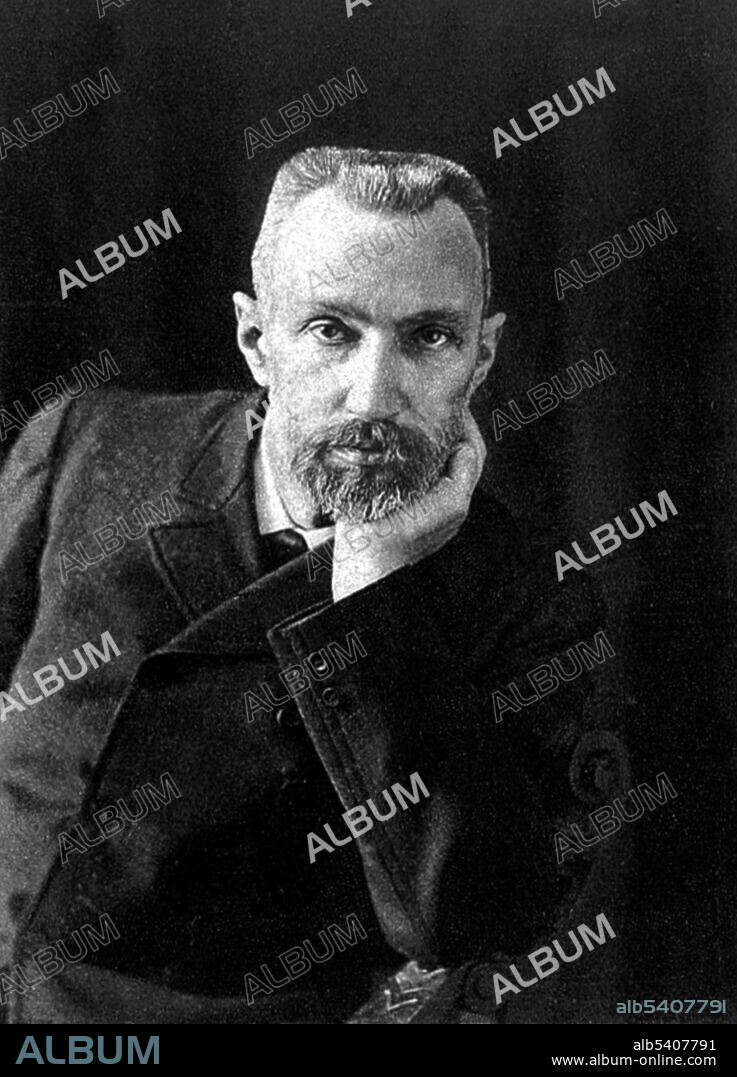alb5407791
Pierre Curie, French Physicist

|
Ajouter à une autre Lightbox |
|
Ajouter à une autre Lightbox |



Avez-vous déjà un compte? S'identifier
Vous n'avez pas de compte ? S'inscrire
Acheter cette image.
Sélectionnez l'usage:

Titre:
Pierre Curie, French Physicist
Légende:
Voir la traduction automatique
Pierre Curie (May 15, 1859 - April 19, 1906) ) was a French Nobel laureate physicist, a pioneer in crystallography, magnetism, piezoelectricity and radioactivity. In 1903 he received the Nobel Prize in Physics with his wife, Marie Salomea Sklodowska-Curie, and Henri Becquerel. He studied ferromagnetism, paramagnetism, and diamagnetism for his doctoral thesis, and discovered the effect of temperature on paramagnetism which is now known as Curie's law. He also discovered that ferromagnetic substances exhibited a critical temperature transition, above which the substances lost their ferromagnetic behavior. This is now known as the Curie point. Pierre worked with his wife Marie in isolating polonium and radium. They were the first to use the term radioactivity. Pierre and one of his students made the first discovery of nuclear energy, by identifying the continuous emission of heat from radium particles. In 1906, while crossing the busy Rue Dauphine in the rain he slipped and fell under a heavy horse drawn cart and died instantly. He was 46 years old. No photographer credited, circa 1906.
Crédit:
Album / Science Source
Autorisations:
Modèle: Non - Propriété: Non
Questions sur les droits?
Questions sur les droits?
Taille de l'image:
3132 x 4350 px | 39.0 MB
Taille d'impression:
26.5 x 36.8 cm | 10.4 x 14.5 in (300 dpi)
Mots clés:
ANNEES 1990 • ANNEES QUATRE-VINGT-DIX • CÉLÈBRE • CELEBRITE • CURIE • HOMME • MAGNÉTISME • NOBEL • PERSONNE • PRIX NOBEL • XXE SIECLE
 Pinterest
Pinterest Twitter
Twitter Facebook
Facebook Copier le lien
Copier le lien Email
Email
